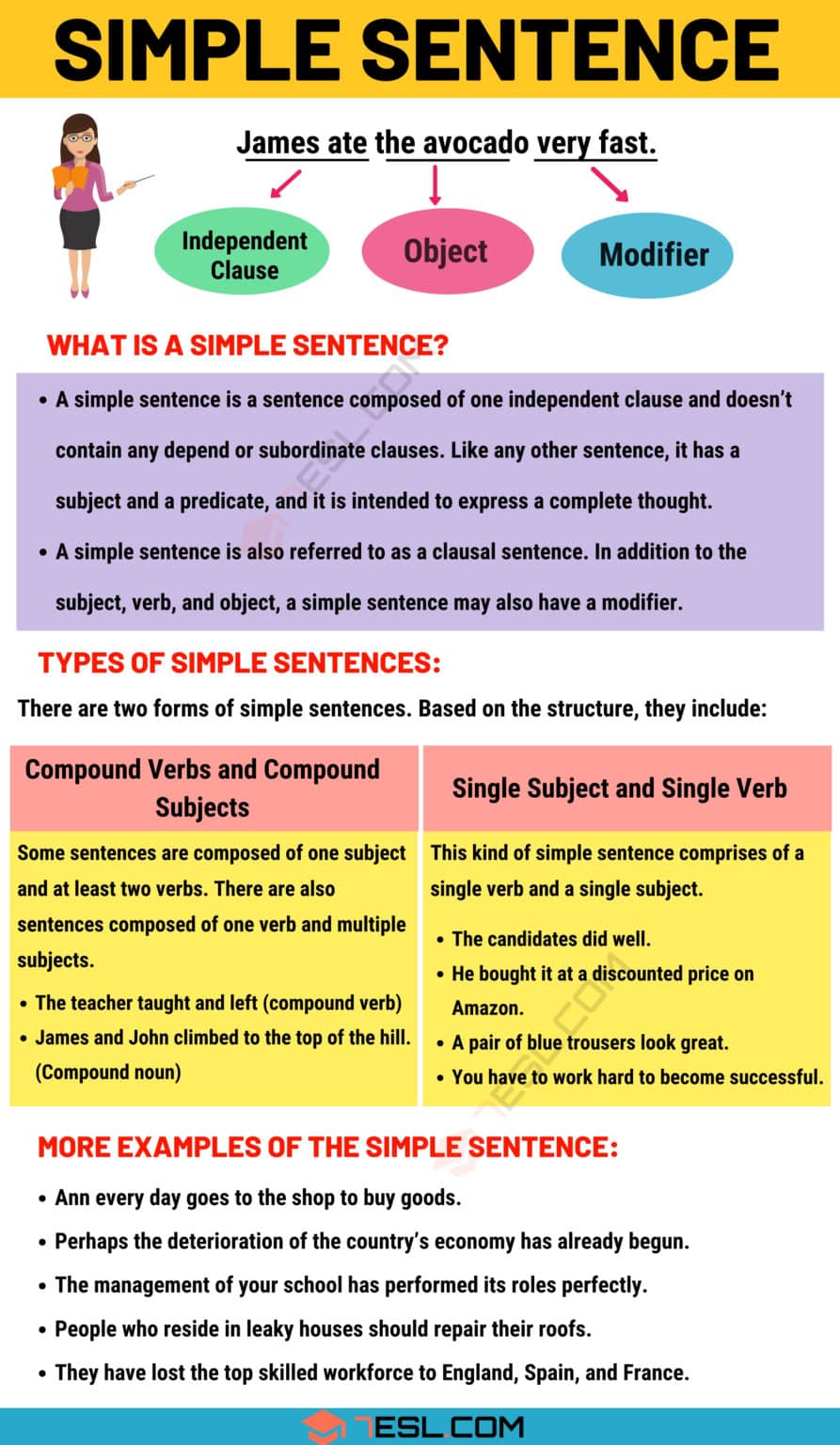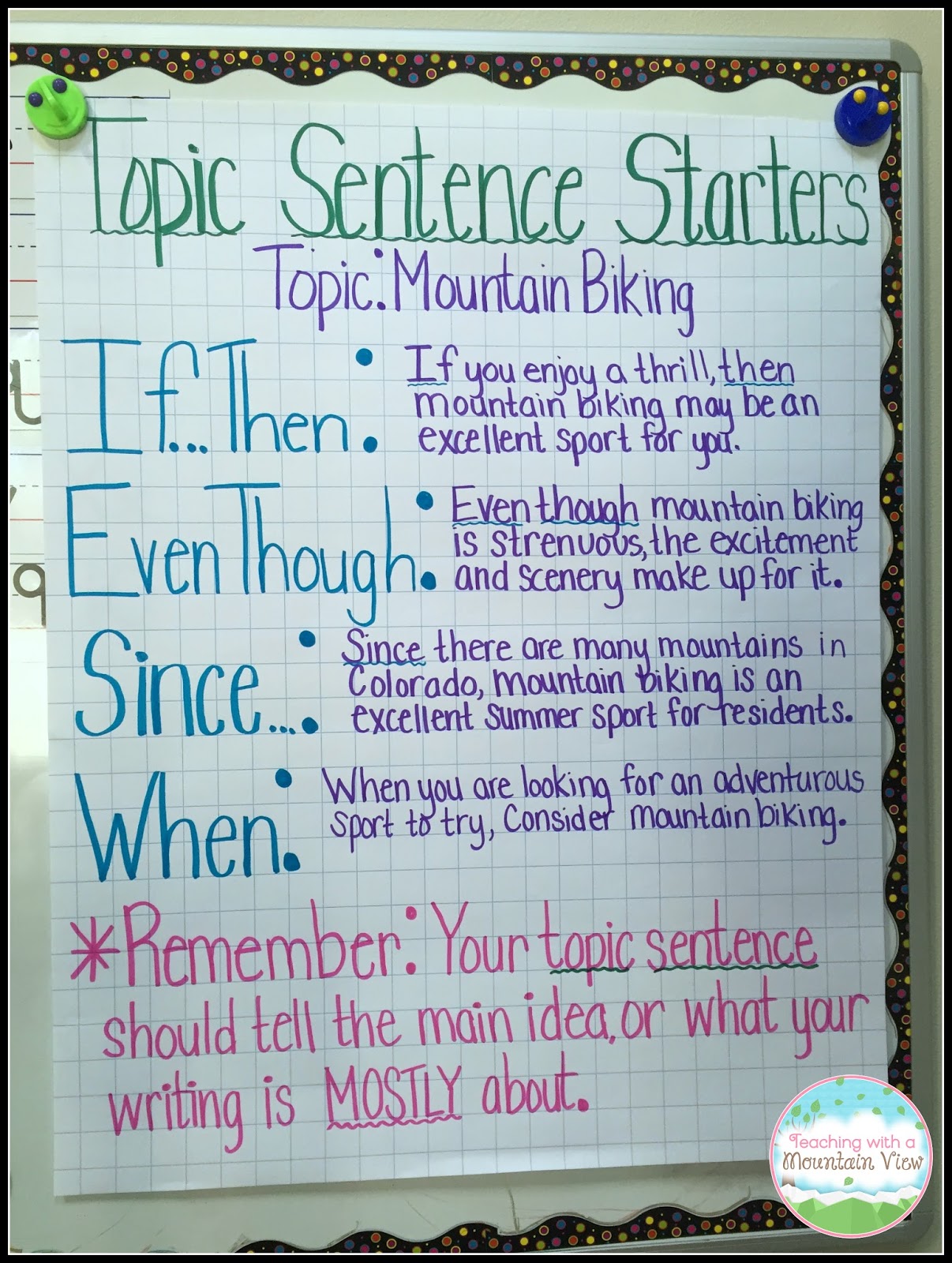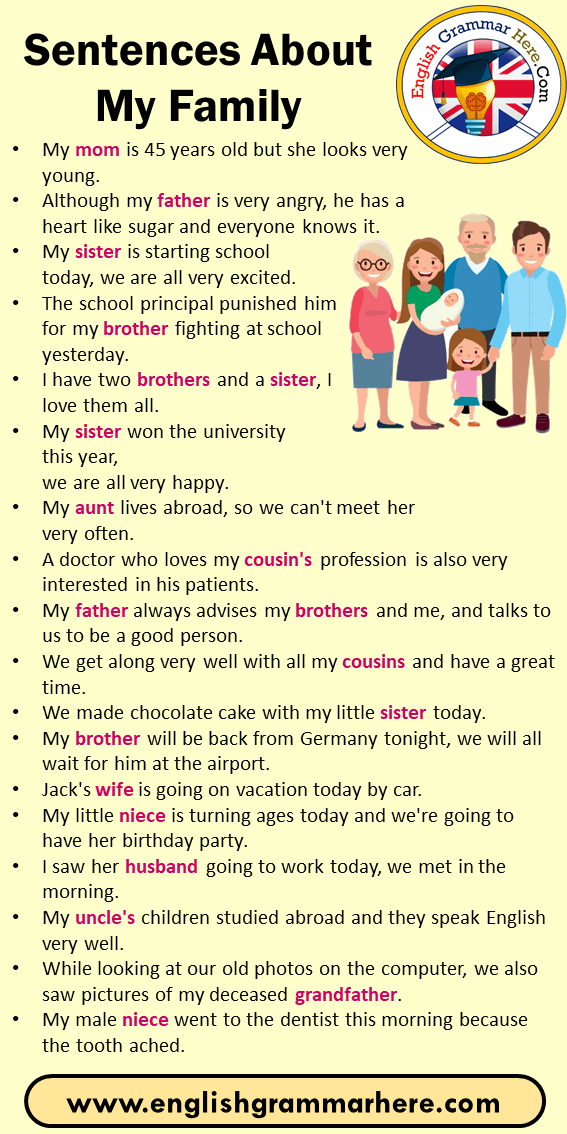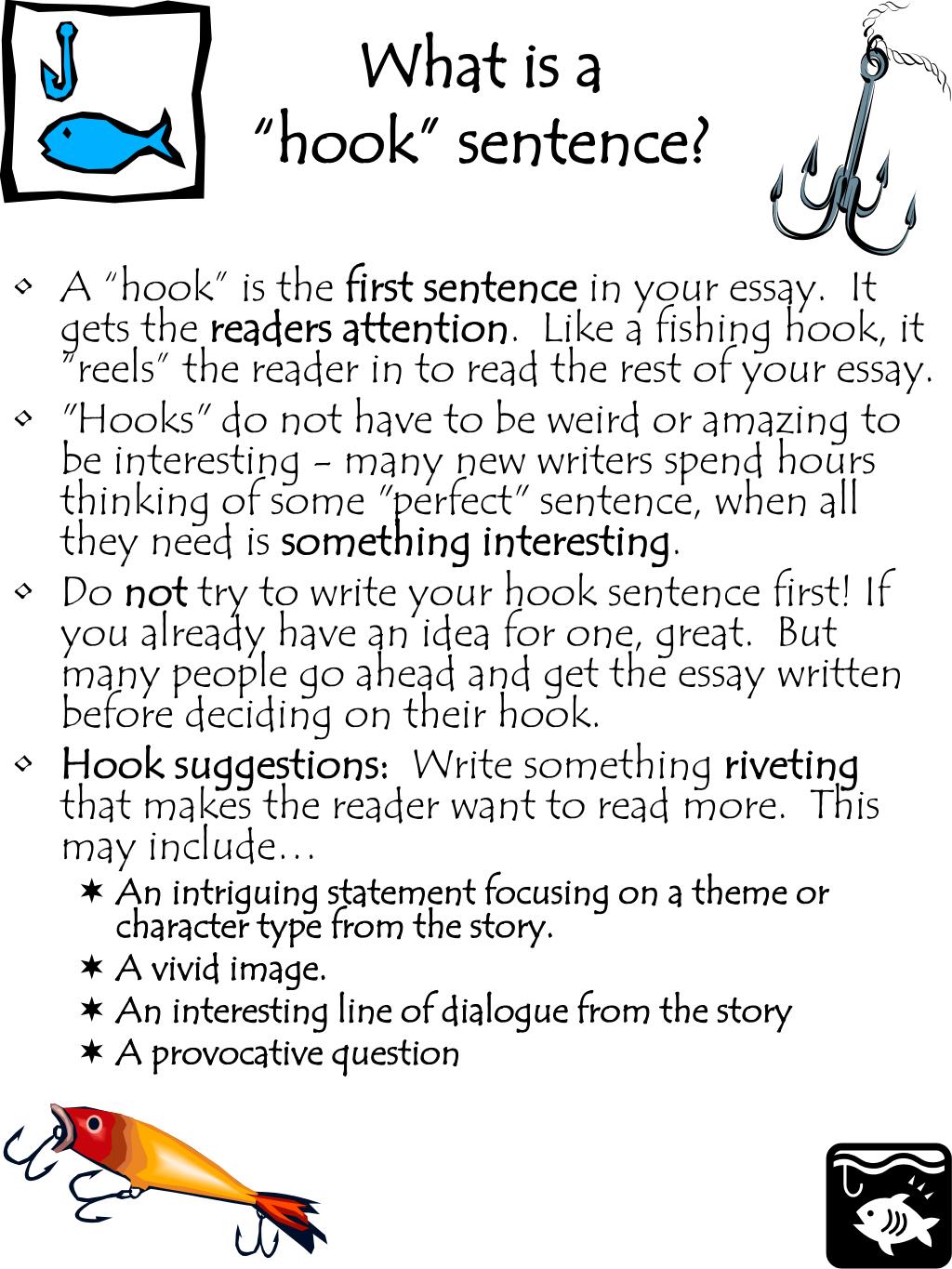
The Art of Sentence: A Writer’s Journey to Clarity
We’ve all faced it: the blank page, the cursor blinking, the silent demand to create something meaningful. A sentence, seemingly simple, holds the power to move, inform, and persuade. But how do we craft sentences that truly resonate, that feel like a genuine voice speaking? It’s a journey, a constant refining of our tools, to make our writing not just correct, but alive.
Building Blocks: The Essential Elements
The Core of Communication
Think of it like building a house. You need a solid foundation. A sentence, at its most basic, needs a subject, a verb, and sometimes, an object. “The artist painted the sunset.” Simple, right? But within that simplicity lies the power to convey a complete thought. If the core of your sentence is muddled, anything you add will just create more confusion.
Try to keep things direct. “The sunset was painted by the artist” feels less immediate than “The artist painted the sunset.” It’s about energy, about making the reader feel like they’re witnessing the action. It’s also how we naturally speak, and how search engines seem to prefer content presented.
Don’t be afraid to keep the core clean. Too many details early on can weigh down the sentence. It’s like putting furniture in an empty room – you need the room first. Think of it as a strong backbone, that can support the rest of the sentence.
The core is the beginning, the starting point. Don’t be afraid to start simple, and then build on that foundation.
Adding Layers: Details and Context
Expanding the Narrative
After you have the core, you can start to add details. “The thoughtful artist, filled with a sense of wonder, painted the vibrant sunset with swift strokes.” See how that changes things? Each added phrase gives more depth. But there’s a balance. Too many additions, and the sentence loses its way.
Don’t be afraid to mix things up. Short sentences can be powerful, like a punch. Long sentences can paint a picture, like a slow, sweeping camera movement. The key is to find the right rhythm for your message. It’s like music, a melody of words.
Use clauses with care. They can add context, but they can also create a tangled mess. Make sure each clause contributes something meaningful. If it doesn’t, it’s best to remove it. Clarity is the goal, especially when trying to reach a wide audience online.
Strong verbs are your friends. They can make your writing more lively. Instead of “He moved slowly,” try “He crept.” It’s more engaging, and you don’t need to add the extra word, “slowly”.
Punctuation: The Silent Guide
Shaping the Flow
Punctuation marks are like road signs. They tell the reader when to pause, when to emphasize, and when to change direction. A comma can clarify a complex idea. A semicolon can connect related thoughts. A dash can add a sudden, dramatic pause. They’re small, but they make a big difference.
Think about the semicolon. It can join two related sentences, creating a smooth flow. But use it sparingly. Too many, and your writing can feel dense and hard to follow. They’re powerful, but they need to be used with care.
Dashes can add a bit of informality, a sense of something unexpected. They can set off a thought, or add a sudden twist. But, like semicolons, they can be overused. Too many, and your writing can feel choppy and uneven. They’re a tool, not a crutch.
Periods are important too. They end a sentence, but they also create a pause. They can make your writing feel more impactful. Short sentences, punctuated with periods, can be very powerful.
Clarity and Simplicity: The Writer’s Goal
Cutting Through the Clutter
In today’s world, we’re bombarded with information. People are busy. Your words need to be clear and direct. Cut out the fluff. Avoid jargon and unnecessary words. Aim for language that anyone can understand. This is especially important for online content, where clarity is key.
Think of it like this: less is often more. Break down complex ideas into smaller, easier-to-understand sentences. This helps both readers and search engines. Clarity is king.
Using active voice helps with simplicity. It removes extra words, making your writing more direct. This aligns with how people naturally speak, and how search engines seem to prefer content.
Reading your work aloud is a great way to find sentences that are awkward or confusing. If you have to stop and reread a sentence, your readers will too.
Connecting with the Reader: Voice and Tone
The Human Element
Beyond the technical stuff, your writing needs to feel like it’s coming from a real person. Let your personality shine through. A dry, robotic tone can push people away. A warm, engaging tone can draw them in. It’s about creating a connection.
Think about who you’re writing for. Adjust your tone to fit their expectations. A formal audience might need a more serious tone. A general audience might prefer something more casual. But always aim for clarity and accessibility.
Use vivid language, paint pictures with your words. This helps people connect with your message on a deeper level. It makes your writing more memorable.
A little bit of humor can go a long way. It makes your writing more engaging, but make sure it’s appropriate for your audience. A little bit of personality can make all the difference.
Questions and Answers: Refining Your Craft
Addressing Common Concerns
Q: How can I make my sentences more interesting?
A: Experiment with different sentence structures. Use a mix of short and long sentences. Read widely, and pay attention to how other writers craft their sentences. It’s like learning a new instrument, you need to hear how the masters play.
Q: What are some common mistakes to avoid?
A: Avoid incomplete sentences, sentences that run on too long, and unclear references. Make sure your subjects and verbs match, and use verb tenses consistently. These simple mistakes can make your writing hard to understand.
Q: How does sentence structure affect how my content ranks online?
A: Clear, easy-to-read sentences are important for online content. Search engines prefer content that people can understand. Use active voice, avoid complicated language, and break down complex ideas into simple sentences. This helps people find and understand your content.

Teaching How To Build A Sentence In Kindergarten Sweet For


Topic Sentences

Topic Sentences Anchor Chart 2 Rockin Resources

Sentences About My Family In English Grammar Here
